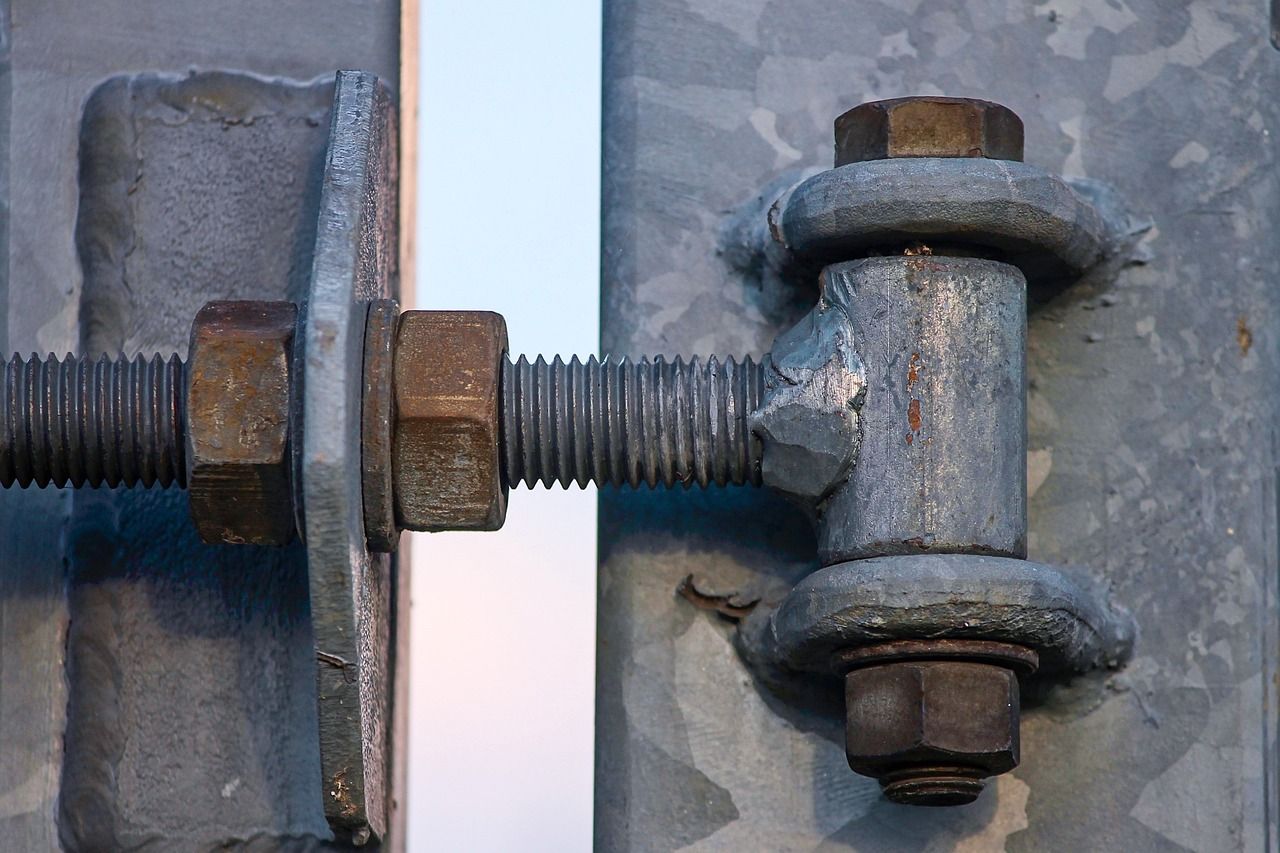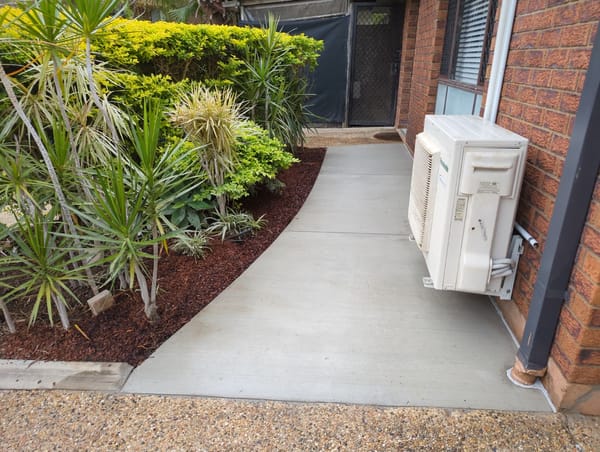Take The Quiz On This Post
Read the post, then take the quiz—test your knowledge and see what you’ve learned!
Introduction
It is the quality of surface preparation that determines whether a coating will perform over time?
Paint coatings can often suffer from poor surface preparation which affects their longevity. Attention must be paid to the surface preparation as is given to any primer or top coating to achieve maximum longevity.
Avoiding shortcuts when preparing a surface is essential, as any savings gained will be outweighed by the expense of premature coating failure.
DEFINITIONS
Aliphatic solvent: An aliphatic solvent is a solvent made up of molecules that lack aromatic rings. These solvents are typically clear and have low toxicity levels, making them ideal for use in many industries. Aliphatic solvents are often used as cleaning agents or as paint thinners, and they can also be used to dissolve other substances. Because they are non-reactive, aliphatic solvents can be safely used around many different materials and chemicals.
Aromatic solvent: An aromatic solvent is a type of solvent that contains an aromatic compound, which is a molecule with a ring-shaped structure. These solvents are used in a variety of applications, including as paint thinners, cleaners, and adhesives. Aromatic solvents are also used in the production of drugs and cosmetics.Aromatic solvents are beneficial because they are less likely to cause environmental damage than other types of solvents. They are also less flammable and have a lower risk of explosion. In addition, aromatic solvents tend to be less toxic than other types of solvents.
Organic solvent: An organic solvent is a substance that can be used to dissolve or extract other compounds. They are typically made from natural materials like plants and animals, but can also be synthetically produced. Organic solvents are often used in cleaning products, paints, adhesives, and other industrial applications. There are many benefits to using organic solvents. They are generally less toxic than their synthetic counterparts, and they are also more biodegradable and environmentally friendly. Additionally, organic solvents can often be more effective at dissolving certain compounds than synthetic solvents.
PREPARATION OF THE SURFACE
The oxide of iron known as rust is formed by air and water contact on uncoated metal surfaces. Rust occupies one and three quarter times the volume of the steel that it was formed from. If rust forms under a paint coating or breaks in the coating, it can burst through and cause flaking, making repair difficult and costly.
Good surface preparation is essential to the success of any protective coating system. It is of most importance to remove oil, grease, old coatings, and surface contaminants (such as mill scale and rust on steel, laitance on concrete, and zinc salts on galvanised surfaces) to properly prepare the surface for coating.
Prior to applying any paint coating, the surface must be properly prepared and thoroughly cleaned.
If the surface pre-treatment is incorrect or incomplete, even the most expensive and technologically advanced coating system will fail.
SURFACE DEGREASING & PREPARATION
Organic Solvents
Although aliphatic and aromatic solvents are effective at removing most process oils and grease, they can pose fire, pollution, and occupational health and safety hazards. Generally, environmental requirements require solvent recovery, so solvent degreasing is most suitable for controlled manufacturing processes only.
Degreasers that use detergents
The best way to use detergent degreasers is to spray or dip them. There are many types of detergent degreasers on the market. Many of them are alkaline, and most require rinsing with clean water afterwards.
It is extremely important to contain cleaning degreasing residues, implementing control methods to ensure no environmental contamination.
Cleaning with steam
Small parts or machinery can benefit from steam cleaning. The lubricants used to grease working machinery are unlikely to be dislodged by steam alone. To achieve higher levels of efficiency in steam cleaning, a detergent is usually added. Operating conditions may range from 690 to 1,034 KPa and 60 to 71 degrees Celsius.
REMOVING RUST AND SCALE
The various methods of preparing steel for subsequent painting are described in Australian Standard 1627 Parts 0 to 10.
The Australian Standard 2312:2002, Guide to the protection of iron paint and steel against exterior atmospheric corrosion, also contains a comprehensive guide to surface treatment.
Before any surface preparation or painting, it is essential to get rid of all oil, grease and drilling/cutting compounds along with other dirt. Solvent washing followed by wiping dry with a fresh cloth should do the job.
It is critical to thoroughly wipe clean, since not doing so will just transfer the contamination around wider areas. Emulsions, degreasing compounds and steam cleaning also can be used.
CLEANING STEEL HAND TOOLS
Using hand wire brushing, hand sanding, hand scraping, hand chipping or a combination of these methods, hand tool cleaning removes loose scale, loose rust, and loose paint from new, corroded or previously painted steel surfaces prior to painting.
THREE QUALITY STANDARDS (GENERALLY) TO SURFACE PREPARATION
Class 1: is produced by “light wire brushing’ to at least as good as Standard Standard AS1627.4 - 2005 - Metal Finishing & Preparation.
Class 2: heavy rust scale is removed by hand hammering, followed by thorough scraping and wire brushing, until the surface is at least as good as Standard Standard AS1627.9 - 2002 - Metal finishing—Preparation and pre-treatment of surfaces
Class 3: is produced by “very thorough scraping and wire brushing”, any heavy rust scale being first removed by hand hammering. The prepared surface to be at least as good as Standard Standard of AS1627.5.
CLEANING POWER TOOLS
Power Tool Cleaning is a method of preparing steel surfaces that are new, corroded or previously painted. This can be done by using power impact tools, grinders, sanders, wire brushes or a combination of these.
When doing this, care must be taken not to polish the metal as it may hinder its ability to effectively adhere coats. Loose rust and paint will be removed in this process; however deeply embedded mill scale in pits likely won't.
Using power-driven tools, all surfaces to be coated must be cleaned according to Australian Standard 1627 Part 2. A reference is made to the Pictorial Standards of original unpainted surfaces of Australian Standard 1627.9 and to painted surfaces with varying amounts of visible rust.
There are three standards of preparation:
Class 1: is produced by power wire brushes only
Class 2: power impact tools are used followed by light wire brushing
Class 3: is produced by power impact tools or power sanders, followed by light wire brushing.
BLASTING WITH WET ABRASIVES
As opposed to dry abrasive blasting, wet abrasive blasting uses a slurry of water and abrasive. This has the advantage that dust and associated health hazards are largely eliminated. Also, when wet blasting old, well-rusted surfaces, many of the soluble corrosion products in the pits will be washed out, which will greatly improve the performance of the
Nevertheless, one disadvantage of this technique is that the cleaned steel rusts rapidly after blasting.
Inhibitors are often added to the blast water so that it will prevent rusting for a long enough time to be painted. For non-immersed steel work, the use of very low levels of these inhibitors does not affect the performance of subsequent paint coatings.
It is possible to eliminate the need for inhibitors by using a moisture tolerant primer, which can be applied to wet blasted steel while it is still damp.
Surfaces that have been wet blasted and allowed to corrode should be mechanically cleaned or preferably sweep blasted before painting, unless a surface-tolerant paint has been specified.
CLEANING WITH HIGH-PRESSURE FRESH WATER
Several factors influence the results obtained by high-pressure water washing. Surface cleaning has no recognised standards - as grit blasting does - and it is difficult to predict the outcome of a water washing cleaning procedure.
Clean corroded areas with high-pressure washing is also an alternative to grit blasting. The result depends to a great degree on the surface condition.
BLASTING WITH A VACUUM
When open blasting may seriously damage the intact surrounding coating, vacuum blasting is ideal for cleaning limited areas, such as welds and burn damage, as it eliminates the dust hazard. Using compressed air, the abrasive is driven onto a specially designed head, where, once it hits the surface, it is sucked back into the machine for cleaning.
OCCUPATIONAL HEALTH & ABRASIVE BLASTING
Even though regulations vary from state to state, the risks associated with abrasive blasting are well established. Many areas do not allow the use of silica sand as an abrasive unless strict environmental control standards are followed.
Blast cleaning utilises media propelled at the speed of 175 km per hour, disintegrating materials such as paint, rust, and substrates into a dust cloud that is made up of many suspended elements. When inspected closely, this cloud consists of particles ranging from 1 to 1000 microns. 1 micron is equivalent to 1/1000th of a millimetre and the naked eye can make out particles starting from 50 microns.
Particles 10 microns and smaller are the only ones small enough to penetrate deep within the lung. If they are larger than this, they are more likely to be stopped and either swallowed or expelled before being absorbed in the stomach - including lead dust particles. This means that invisible particles may be more dangerous than big ones that can be seen in most dust clouds.
Whether or not any of the airborne dust particles are a potential health hazard depends not only on the size of the dust particles but also on the toxicity of the materials in the dust cloud and the amount of dust breathed into the respiratory system.
A dust cloud's toxicity depends on the size and quantity of dust particles in the work area and the total amount of dust present. Other factors play a role in dust cloud toxicity.
Always consult the material safety data sheets (MSDS) for the abrasive to be used to discover the potential toxicity of the dust cloud.
Additionally, specifics on the make up of any old coatings that are being removed plus information on the chemical substrate or object undergoing cleaning should be considered. Some dusts cause no harm unless airborne and in concentrations that can be cleared by the lungs.
Other dusts are particularly toxic, such as silica sand dust.
CONCLUSION
Surface preparation is essential for coated steel and is the key factor that determines how reliable the coating will be.
95% of paint issues arise due to inadequate or unsatisfactory surface prep.
Maintenance painting as well as the environment affects coatings, meaning correct surface preparation is crucial in achieving long term coating performance.







